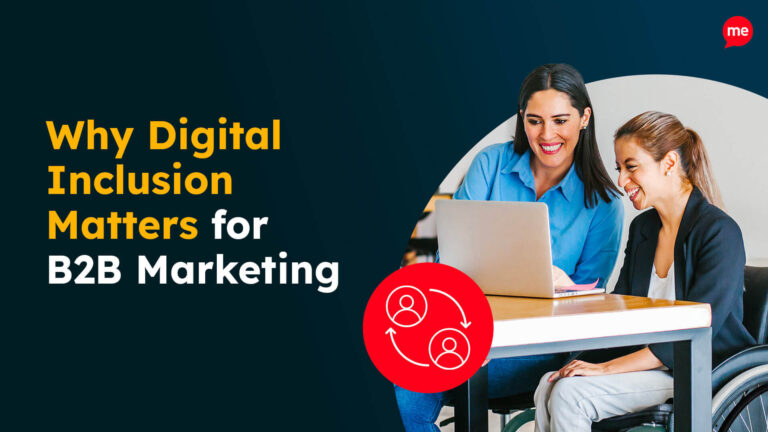A recent survey conducted by Chief Executive and the Society for Human Resource Management identified some interesting synergies in CEO and HR attitudes with regards to finding and retaining talent. However, there was also some discord between the two camps, suggesting that a more collaborative approach may be the best way to ensure a diverse, inclusive, and ultimately successful workforce.
The survey asked 243 CEOs to select which areas they thought Chief Human Resource Officers (CHRO) should dedicate more time and attention to, while asking 406 CHROs the same question of CEOs. Answers were selected from the following list:
Diversity, equity, and inclusion
Talent, retention, and upskilling strategy
Organisational reinvention and innovation
Leadership transition
Wages and compensation practices
Culture/ethics
Talent availability and recruiting
Covid-19 vaccine impact on workforce safety and practices
Business continuity/crisis management
Across the board, the category with the most votes was talent retention and upskilling, with 58.4% of CEOs and 60.3% of CHROs voting that their counterparts spent more time on this.
The next most popular votes represented a split of opinion between the two groups:
56% of CEOs thought CHROs should spend more time on talent availability & recruiting, compared to only 29% of CHRO voters in the opposite direction.
62% of CHROs thought CEOs should spend more time on diversity, equity and inclusion, compared to only 30% of CEO voters in the opposite direction.
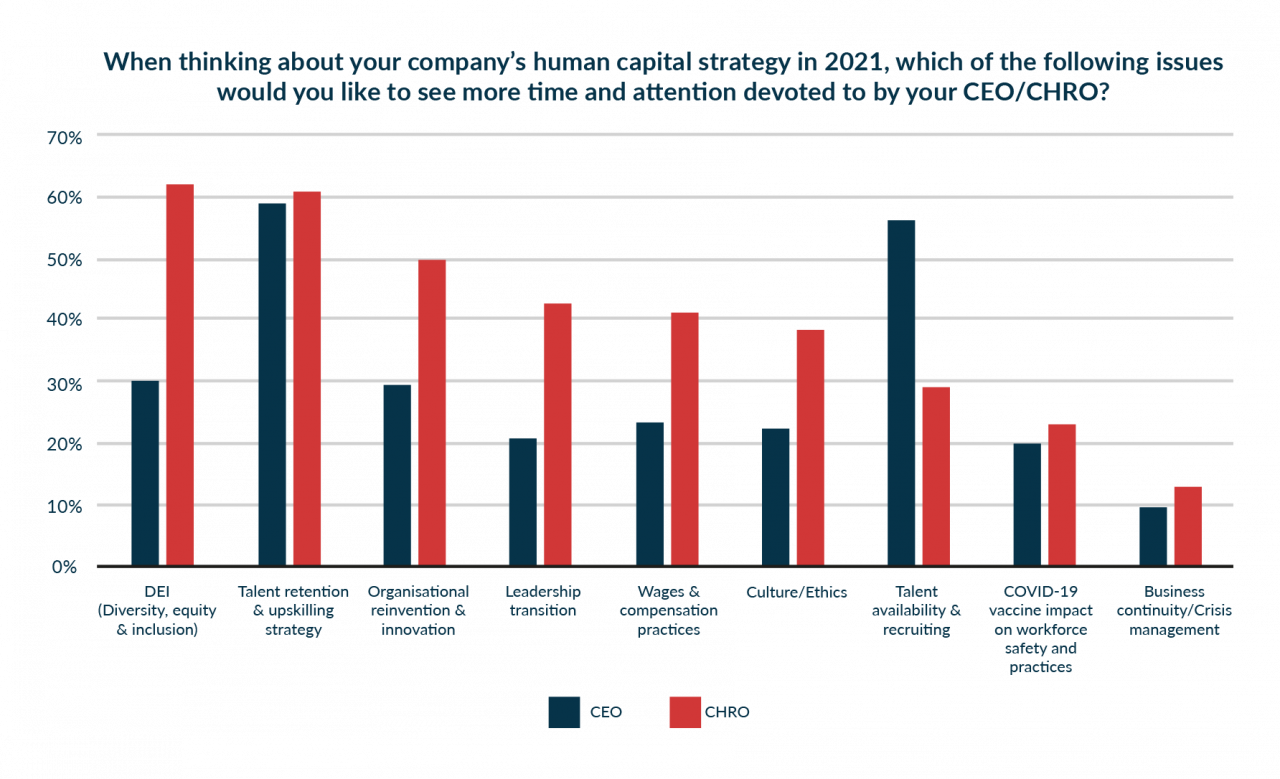
All three of these categories can be directly affected by accessibility barriers. So we wanted to look at each in a little more detail to identify ways CEOs and HR teams can work together towards common goals and discover multiple business benefits in the process.
Talent Availability and Recruiting
Online job searches and recruitment drives have always been popular, and since the COVID-19 pandemic began, they have become the norm.
This is a problem, as there are many talented candidates out there who may not be able to access a job ad or navigate the online application process. So already, recruiters are cutting off access to a significant part of the talent pool.
Who is Excluded?
In short, anyone with a disability. It’s worth stressing here that a disability doesn’t have to be obvious or physical. There is a multitude of hidden disabilities that have zero effect on a candidate’s ability to perform. Job ads and application processes therefore need to be accessible to everyone, including applicants with:
Visual impairments such as poor eyesight, deafblindness, and colour blindness.
Learning difficulties like dyslexia, hyperlexia, and dyspraxia.
Neurodevelopment and neurological conditions like ADHD, autism, and epilepsy.
Mobility and physical impairments.
First languages other than English
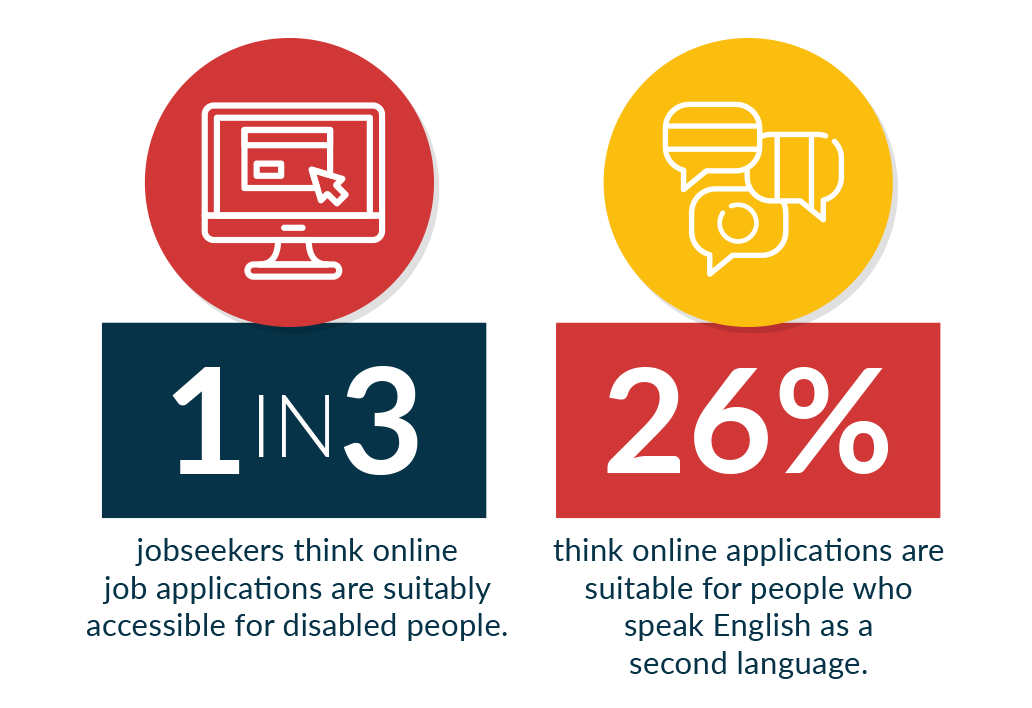 Key Takeaways for CEOs and CHROS
Key Takeaways for CEOs and CHROS
You are missing out on talent. Did you know that:
Only one in three jobseekers think online job applications are suitably accessible for disabled people.
Only 26% think online applications are suitably accessible for people who speak English as a second language.
For more information on inclusive recruitment processes, we invite you to download our guide to accessible online recruitment in partnership with Guidant Global.
Diversity, Equity and Inclusion
It is illegal in most countries for employers to discriminate against qualified candidates based on disability. Despite this, candidates with disabilities still face cases of active bias when applying for jobs:
On average, disabled people apply for 60% more jobs before finding one.
Nearly 40% of disabled applicants feel insecure about getting hired as they believe employers will disregard their application based on their impairment or condition.
- Only 51% of applications from disabled people result in an interview, compared to 69% of non-disabled applicants.
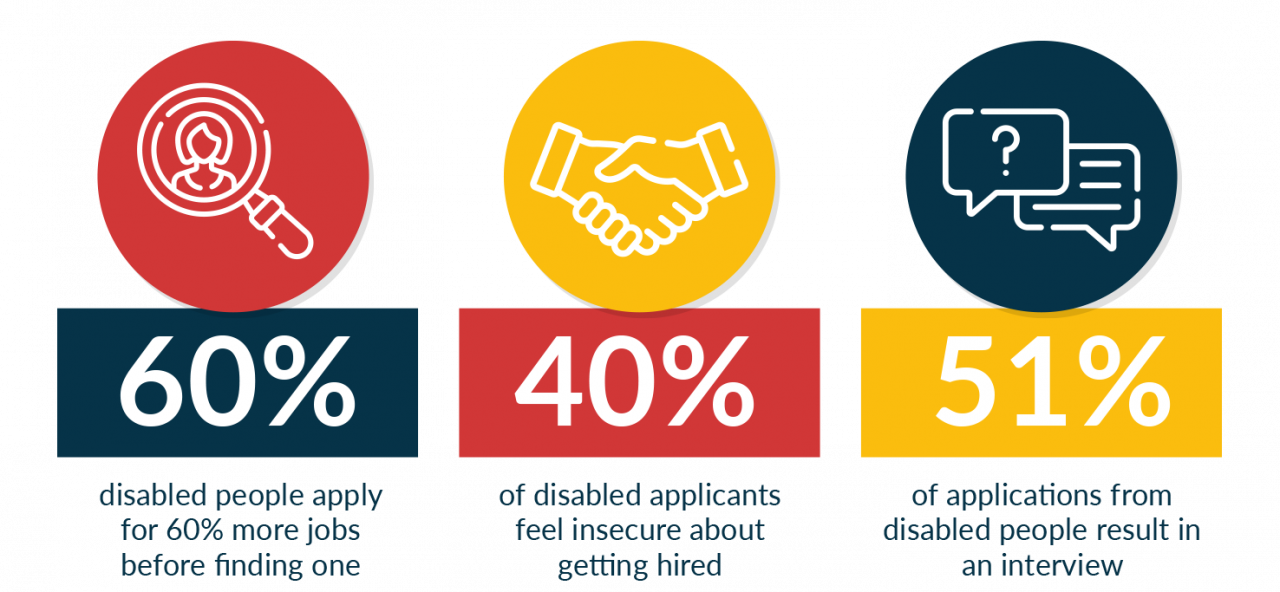
Even for organisations with solid diversity and inclusion hiring policies, disabled employees often struggle. Why? Because equality and equity are not the same thing.
Equality is giving every applicant the same fair treatment and consideration. Equity is giving your disabled employees the tools they need to succeed once they are in the job. For employees with any of the hidden disabilities mentioned above, this means making reasonable adjustments that allow them to perform to the same ability as their colleagues. You can learn more about this in our blog on Equality Vs Equity.
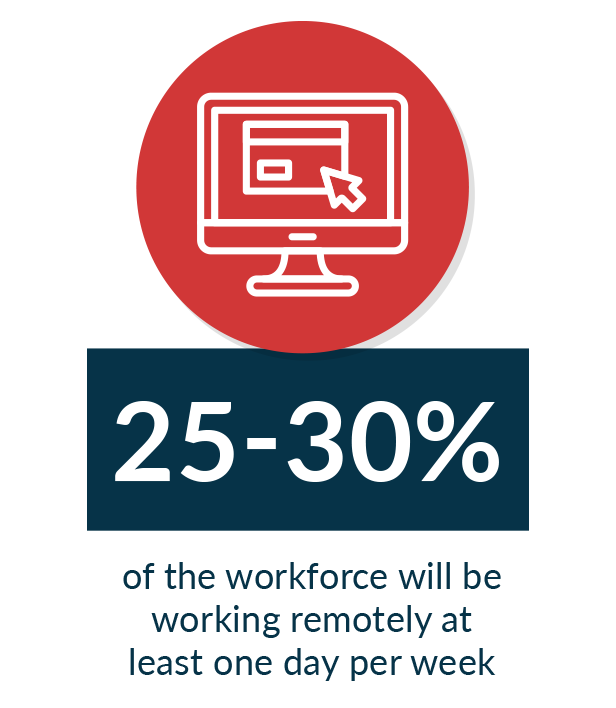 Key Takeaways for CEOs and CHROS
Key Takeaways for CEOs and CHROS
It is entirely possible to develop a diverse workforce without creating an inclusive working environment. But making adjustments so that disabled employees can perform to the best of their abilities needn’t be dramatic or expensive. Examples include providing screen readers or using assistive technology like the Recite Me toolbar so that employees can modify their screen view or customise the way a website page looks for easier reading and understanding.
It would be remiss at this point not to mention that additional technology helps ALL employees. It’s estimated that 25-30% of the workforce will be working remotely at least one day per week in the near future. So businesses need to ensure all employees have the tools and support they need to access company systems and contribute.
“For people without disabilities, technology makes things easier. For people with disabilities, technology makes things possible.”
IBM Training Manual
Talent Retention and Upskilling
Organisations can save valuable time and resources on recruitment and training processes if they actively work on minimising staff turnover and retaining the most skilled employees.
By reducing access barriers and hiring a representative number of disabled employees, businesses demonstrate fairness in the workplace that boosts staff morale and reduces turnover. Plus, they get to reap the benefits of a more robust and dynamic team:
Employees with disabilities take less time off and tend to stay with companies for longer.
Neurodiverse employees are often creative thinkers and strategic problem solvers.
A more diverse team leads to improved innovation and a broader perspective.
In today’s employment market, many industry leaders already see diversity as an asset. For example, UK surveillance agency GHCQ purposefully employs employees whose brains work differently. And they are not the only ones. Giants like Apple, Google, Facebook and Barclays Bank have also been vocal in advocating for increased neurodiversity as an effective strategy to upskill workforces.
Key Takeaways for CEOs and CHROS
The key for employers is to alter their perceptions about disability and make some positive changes. One effective way to do this is to become a Disability Confident Employer and explore the benefits of hiring more disabled people. Already heavily subscribed by many progressive and forward-thinking companies, there are already over 18,000 Disability Confident Employers in the UK alone – Recite Me being one of them, of course.
The Next Steps
The survey results demonstrate some conflicts in opinion between CEO and CHRO level in many organisations. Therefore, before businesses jump into recruitment, diversity, inclusion, and retention issues, a more robust strategy may be needed to develop a more efficient partnership.
When it comes to accessibility and inclusion, Recite Me is on hand to provide support to recruiters and a level playing field for all applicants, regardless of disability. Over 3500 organisations already use our software to make their websites more accessible, and every year millions of web pages are accessed using our assistive toolbar.
Contact our team today to find out more or book a live demonstration. You can also use our web accessibility standards checker to review your website on a number of WCAG guidelines and compliance checks.
Article Sources: The Independent, Apollo Technical, Chief Executive, GCHQ.
